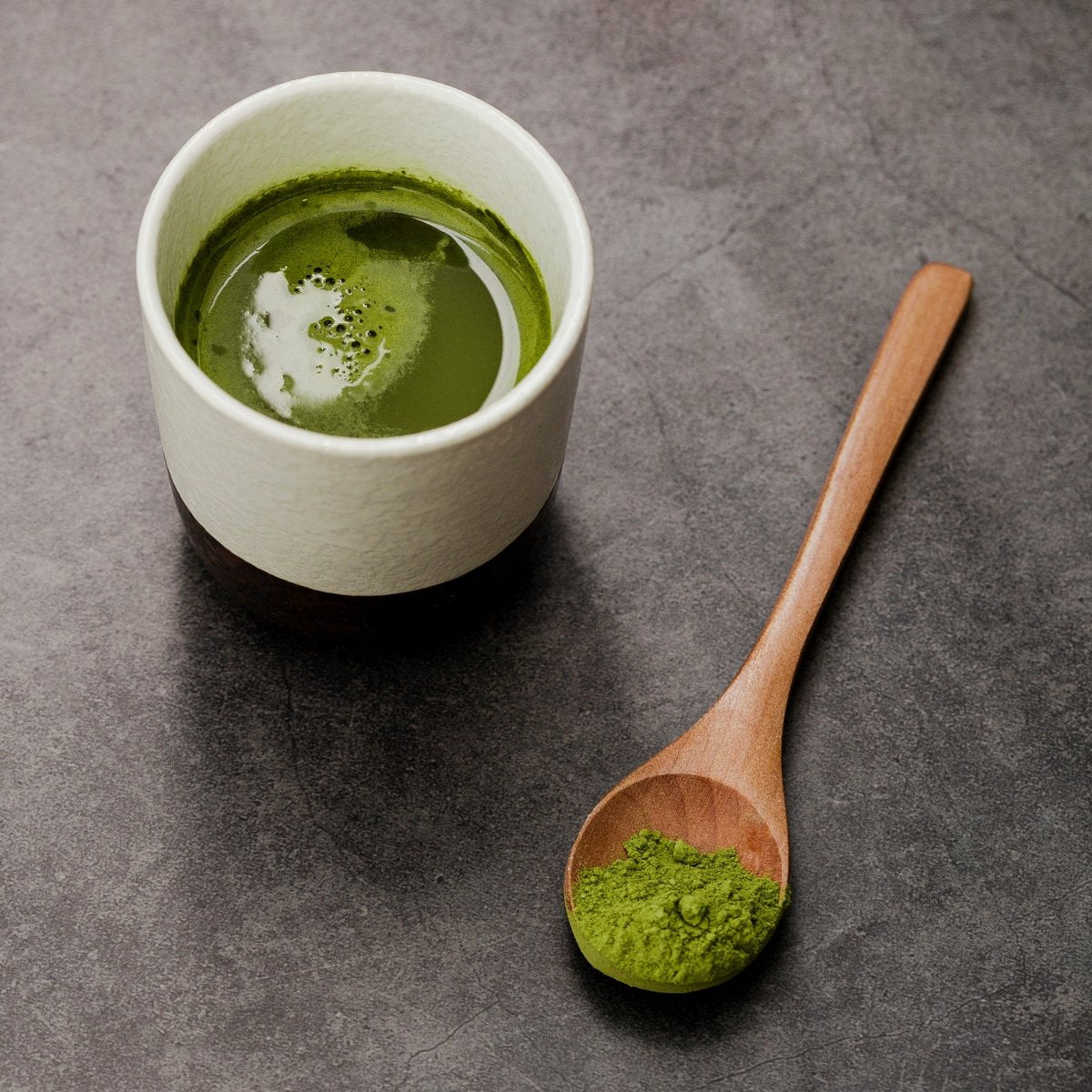Kratom, a tropical evergreen tree native to Southeast Asia, has gained notoriety over the years for its diverse applications and contentious status in various parts of the world. While some consider it a panacea for pain management and stress relief, others view it with scepticism due to potential health risks and regulatory concerns. In this blog, we will delve into the history and use cases of kratom, shedding light on its multifaceted nature.
The Historical Roots of Kratom
Kratom (Mitragyna speciosa) has a rich cultural history in Southeast Asia, where it has been used for centuries. Indigenous communities in countries like Thailand, Malaysia, and Indonesia traditionally chewed kratom leaves or brewed them into tea to alleviate fatigue, manage pain, and boost productivity during long days of labour in the fields. The herb was also employed in religious and cultural ceremonies.
Kratom is a Medicinal Herb
- Pain Relief: One of the primary uses of kratom is pain management. The alkaloids in kratom, particularly mitragynine and 7-hydroxy mitragynine, interact with opioid receptors in the brain, providing analgesic effects. As a result, some individuals use kratom as an alternative to prescription opioids.
- Stress and Anxiety: Kratom is known for its anxiolytic properties, which can help reduce symptoms of anxiety and depression. It is believed to work by regulating mood and promoting relaxation, making it appealing to those seeking natural remedies for mental health issues.
- Energy and Focus: In smaller doses, kratom acts as a stimulant, increasing energy levels and improving focus and concentration. This is particularly useful for individuals dealing with fatigue or needing a boost to get through a demanding day.
- Opioid Withdrawal: Kratom has been explored as a potential aid for individuals attempting to overcome opioid addiction. It may help manage withdrawal symptoms and cravings, although this use is controversial and requires caution.

The Controversy Surrounding Kratom
Kratom's reputation is not without its controversies and concerns:
- Addiction and Dependency: Long-term and high-dose use of kratom can lead to physical dependency. Abrupt cessation can result in withdrawal symptoms such as anxiety, restlessness, and irritability.
- Health Risks: Some reports link kratom use to adverse health effects, including liver damage, respiratory issues, and, in rare cases, fatalities. However, more research is needed to fully understand these potential risks.
- Regulatory Challenges: The legal status of kratom varies widely across countries and even within states or regions. Some nations have banned it outright, while others regulate it as a controlled substance. The lack of consistent regulation raises concerns about product safety and quality.
Conclusion
Kratom's history and use cases are as diverse as the opinions surrounding it. While it has been used for generations in Southeast Asia as a natural remedy for various ailments, its global recognition has generated significant debate. Whether viewed as a valuable tool for pain relief, stress management, and mood enhancement or as a substance with potential risks, it's crucial to approach kratom with caution and awareness. Research on this enigmatic herb is ongoing, and its future may hold more answers to its mysteries and controversies.
Please note that, as required by EU law, all of our products are strictly sold for hobbyist/creational/research purposes only and are forbidden for any type of consumption.




Leave a comment
This site is protected by reCAPTCHA and the Google Privacy Policy and Terms of Service apply.